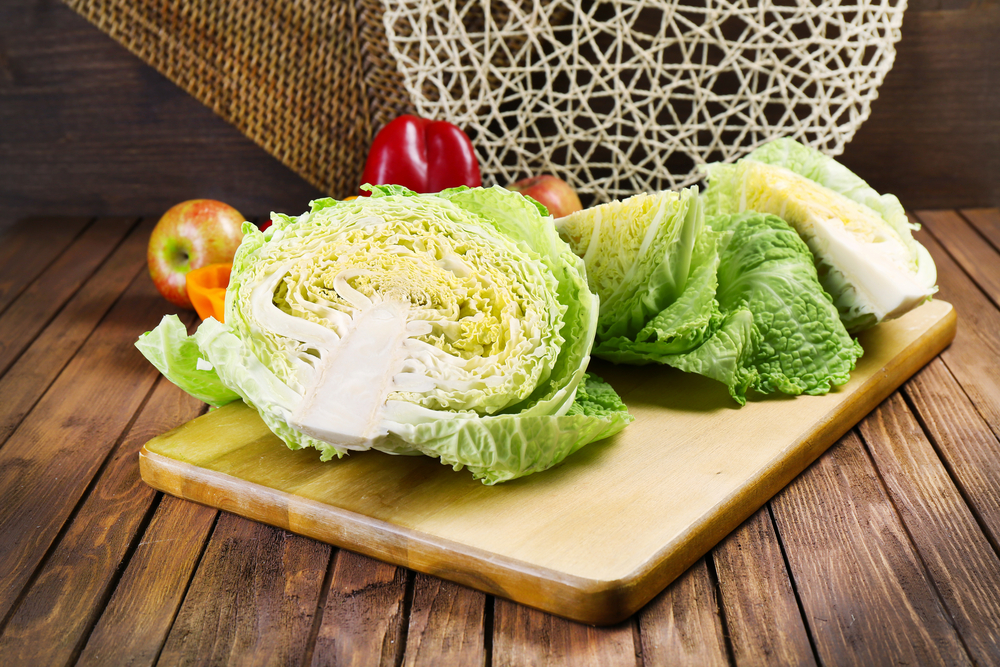
LONDON, Ont.—Cabbage is not really one of the “cool” vegetables.
A whole cabbage can be huge and more than a little intimidating. It’s hard to chop into small pieces and harder yet to peel leaf by leaf. Once you’ve made coleslaw, cabbage rolls or maybe sauerkraut, what do you do with it?
And if you don’t cook it properly, it can smell up the joint.
Despite this, cabbage is experiencing “a nice little resurgence,” says Brian Faulkner, vice-president of sales and marketing for BCfresh, the largest produce marketing agency in British Columbia.
Faulkner is also an enthusiastic home cook and always looking for new ways to serve cabbage to his family.
“It’s quite a nutritional food,” he says, listing why he’s a fan. “It’s cheap. And a head of cabbage goes a long way.”
There’s also a renewed interest in canning and an increase in those who want to ferment their own foods.
“People are going back to cole crops (members of the mustard family including broccoli, brussels sprouts, cabbage, cauliflower and kale) because of their high nutritional value and because they are relatively inexpensive for the amount of nutritional value you get out of them, and people are going back to the roots, not so much of their parents, but their grandparents.”
In addition, the “eat local” and “eat seasonal” movements make cabbage a good choice. It is grown in most provinces in Canada, says Agriculture and Agri-Food Canada, and because it stores so well it is readily available pretty much year-round.
B.C. is the third largest commercial grower, but with only about 140 hectares (350 acres) in the two most common varieties (green and red), it is far behind Quebec and Ontario.
The other main types grown are Savoy, with dark green, crinkly leaves and a mild taste; Taiwanese cabbage, which is light green but has a flat head, with a sweet, mild taste and crispy texture; and napa or Chinese cabbage, with a pale, crinkled, light green leaf and a white core. It is the mildest tasting.
“The different varieties of cabbage are pretty much interchangeable,” says Faulkner, although there are distinctions in terms of texture, visual impact and ease of use.
Two of his favourite ways to prepare cabbage are braising and roasting. He prefers green or red cabbage for those purposes because they are more dense than the others, hold their shape better (whether cut in small pieces or in large slices) and retain some crunch when cooked.
Savoy cabbage is his choice for making cabbage rolls because the heads are a little “fluffier,” meaning the leaves are a little easier to peel off. “That crinkly leaf rolls much easier, is more tender and it stretches and gives a little bit before it breaks.”
Chinese and Taiwanese cabbage (which can be up to 45 centimetres/18 inches in diameter and does not have the heavy veining of red and green varieties) are commonly used in stir fries and Asian dishes but also make nice coleslaw, as does Savoy, if you want something lighter and more tender than green or dramatic red slaw.